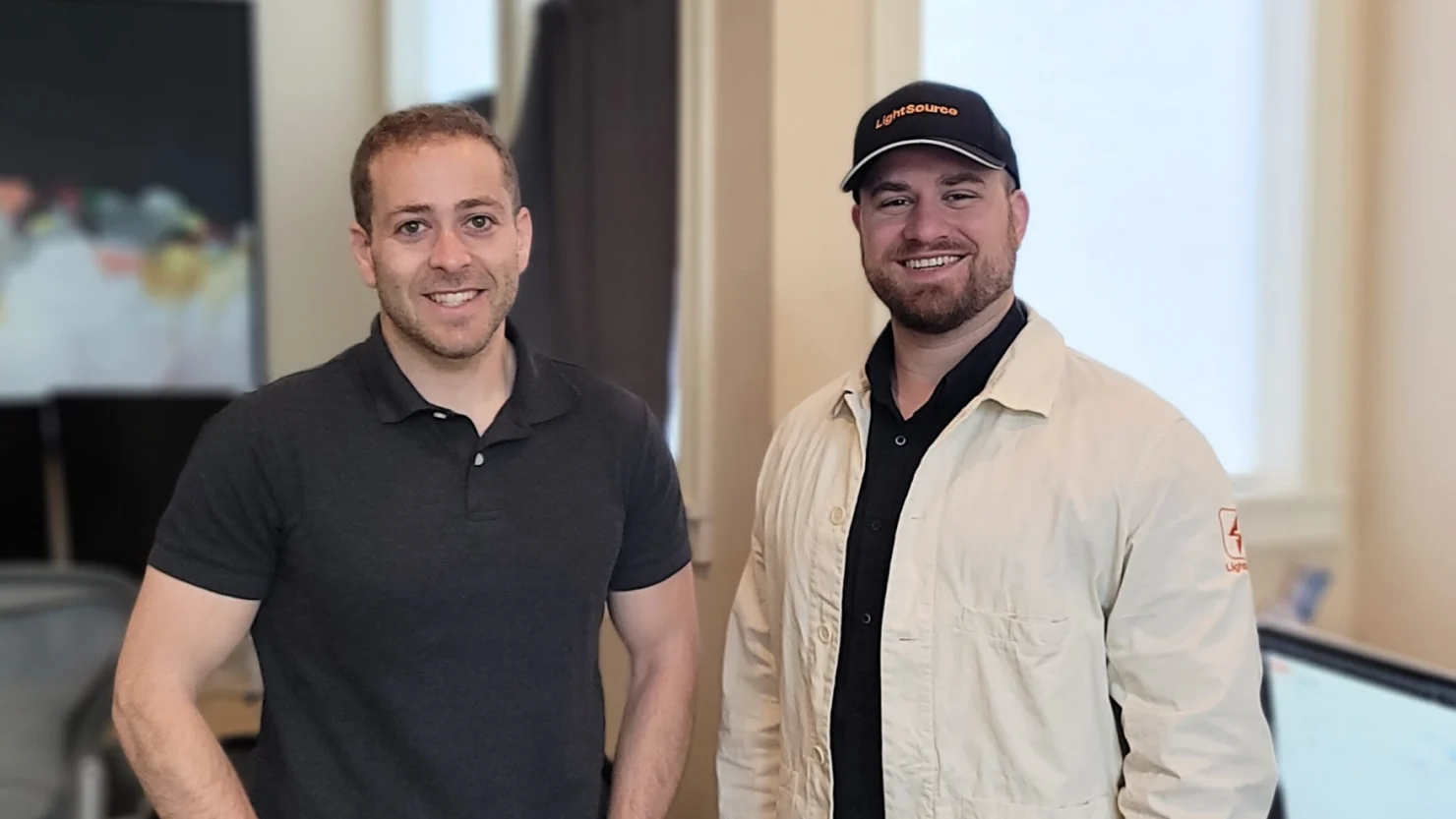03/31/2025
AI
Enterprise
Reinventing Direct Sourcing: Announcing Lightspeed’s Investment in LightSource

A huge swath of companies in the economy — from manufacturing to CPG to pharmaceutical to automotive companies — depend on their procurement teams to source the components that make their products possible. For these businesses, 50-80% of their overall spend goes into producing their products. However, procurement teams are largely still working in Excel and email. Today, we’re excited to announce Lightspeed’s seed and Series A investment in LightSource, an AI-native enterprise procurement platform changing the status quo in strategic and direct sourcing.
As we started doing work in the procurement industry, we saw interesting innovation in indirect spend (the long tail of spend that does not go directly into manufacturing the product, e.g., office supplies, travel, software). However, the world of direct sourcing — the procurement of components and materials that directly impact a company’s products — seemed largely stuck in the past. The status quo was alarming: approximately 75% of procurement teams don’t use any software tools for sourcing. Instead, they rely on manual processes, Excel spreadsheets, and endless email threads to handle requests for quotes (RFQs), negotiate with suppliers, and manage contracts. Because these purchases are mission critical to the revenue of a company, teams are under intense pressure to deliver on speed, quality, and cost of these materials and face several pain points:
- Teams struggle to manage multiple suppliers efficiently, and significant savings are left on the table
- Critical pricing data and negotiation history become tribal knowledge
- Bill of materials forecasts are often inaccurate
- Companies lack full visibility into their supply chain
- Lack of coordination between product, engineering, and procurement teams
Enter LightSource. LightSource is building a next-generation platform to transform direct sourcing from a tactical function into a strategic advantage. For buyers, LightSource makes it easy to find and manage suppliers, send requests for quotes (RFQs), compare bids, and track costs. For sellers, LightSource makes it easy to review an RFQ, responding with quotes quickly to win business and find new opportunities.
When we spoke to LightSource customers, we consistently heard about how LightSource saved them significant manual work and time, generated sizeable cost savings, and gave procurement, product, and engineering teams a central system of record for the first time. Since we first invested, the LightSource team has evolved LightSource into an enterprise-grade platform, onboarding customers like Yum! Brands (parent company of fast food giants like KFC and Taco Bell), Bombardier Recreational Products (BRP), Serta Simmons Bedding, and Hello Fresh, and built out an exceptional team. In 2024, LightsSource has processed over $1B in spend. LightSource customers have saved an average of 5% savings per RFQ and reduced RFQ cycle times by 30-50% using features like re-sourcing, revision history, and automated analysis.¹
On a personal note, we have had the pleasure of knowing these founders for many years prior to this investment. We believe they have a deep understanding of the problem and the technical prowess to address it. Spencer Penn (the CEO and co-founder) lived this pain at Tesla and Idan Mintz (the CTO and co-founder) was one of the top engineers from Google and GoogleX. Their combined experience and passion for solving this problem made our decision to invest in them an easy one. Today, we are thrilled to announce both our seed and Series A investment alongside BCV and J2 Ventures to bring sourcing into the AI era. And we can’t wait to see what they accomplish next.
¹Source portfolio company information.
The content here should not be viewed as investment advice, nor does it constitute an offer to sell, or a solicitation of an offer to buy, any securities. Certain statements herein are the opinions and beliefs of Lightspeed; other market participants could take different views.
Authors




